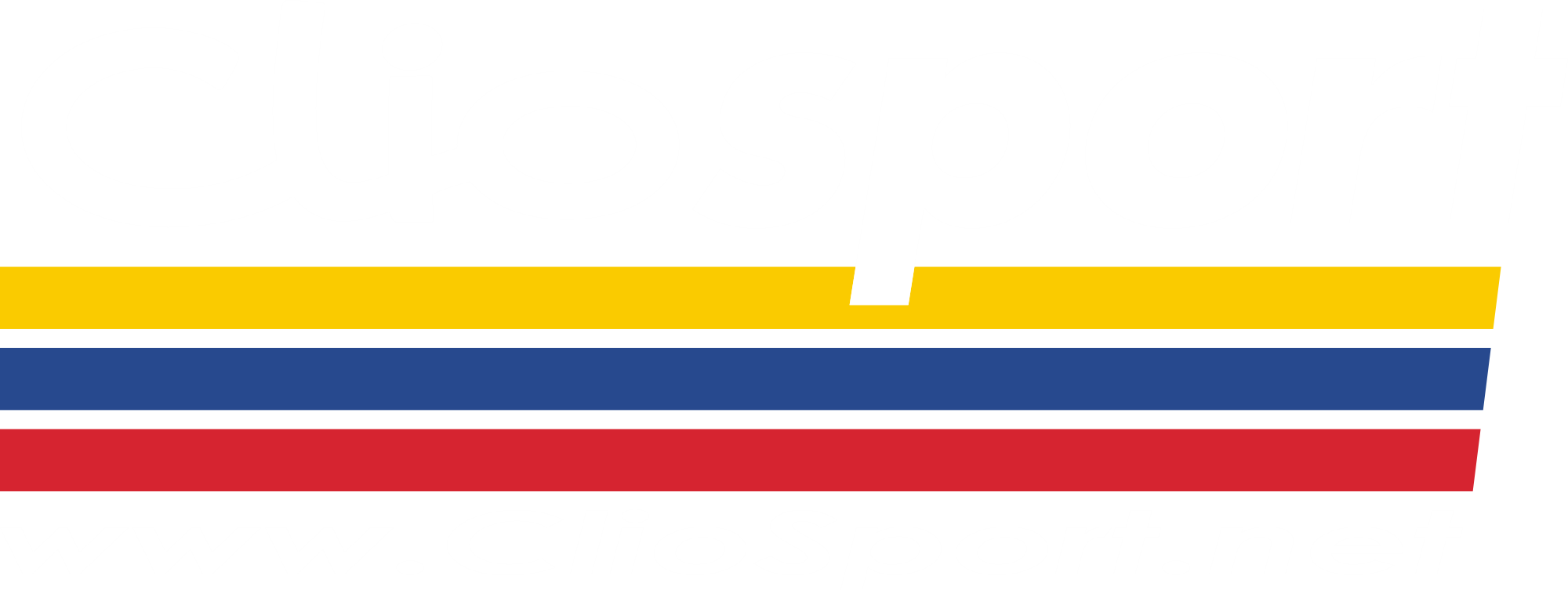ClioSport.net
-
When you purchase through links on our site, we may earn an affiliate commission. Read more here.
You are using an out of date browser. It may not display this or other websites correctly.
You should upgrade or use an alternative browser.
You should upgrade or use an alternative browser.
15" v 16" wheels - Circuit/Hill climb/Rally
- Thread starter Usr117063
- Start date
robzracing
ClioSport Club Member
Some tyres aren’t available in 15s. Yokohama AO52s are an awesome track tyre and very expensive but not available in 15inch.
There are many good reasons for running 15s though. Prices are considerably cheaper and wheel weights tend to be lower helping unsprung weight.
Sent from my iPhone using Tapatalk
There are many good reasons for running 15s though. Prices are considerably cheaper and wheel weights tend to be lower helping unsprung weight.
Sent from my iPhone using Tapatalk
BashRacing
ClioSport Club Member
only benefit in running larger wheels is the ability to fit larger brakes but since most hillclimbs are sub 1 km the brakes don't get time to get hot anyway
15's are the best all-round on the mk2 clio.
15's are the best all-round on the mk2 clio.
16s can fit bigger brakes / plenty of cheap used slicks or more exotic road-legal tyres.
17s in particular start to give a meaningful increase in tyre width so more grip.
A non-obvious one is the locus of the wheel centre over a bump. Bigger wheel has the same change as a small wheel but it happens over a longer time period therefore the acceleration and disturbance force into the tyre/body is lower, so reduced contact patch variation = more grip on average. Particularly good for rallying or bouncing over those big kerbs at Thruxton's chicane.
Drawbacks are increased inertia & unsprung mass. loads of things you can do to offset this from the obvious (lightweight wheels) to the less obvious (inverted monotube dampers, lightweight flywheel, turn the EPAS assistance up) but they're all expensive so relatively few bother.
Likewise fitting bigger wider wheels then lowering back to the same ride height screws up suspension travel, geometry and steering geometry more than if you had the same ride height on smaller wheels.
Every proper race car regardless of whether it started life as a small car (Mito BTCC), big car (488 GT3) or a blank piece of paper (LMP, F2) has big wheels. Exceptions are F1 (outdated regulations) and gravel-spec rally cars which don't need big brakes but do need big tough sidewalls.
Before anyone says cup racers didn't have 17s it's because clio cup is just a cheap one make series that doesn't compete against other manufactures. Clio S1600, Megane F2, Laguna BTCC etc all have big wheels.
TLDR: big wheels good, takes a huge amount of complimentary modifications to reap any reward. No-one bothers with a Clio. Buy something else with the money saved.
17s in particular start to give a meaningful increase in tyre width so more grip.
A non-obvious one is the locus of the wheel centre over a bump. Bigger wheel has the same change as a small wheel but it happens over a longer time period therefore the acceleration and disturbance force into the tyre/body is lower, so reduced contact patch variation = more grip on average. Particularly good for rallying or bouncing over those big kerbs at Thruxton's chicane.
Drawbacks are increased inertia & unsprung mass. loads of things you can do to offset this from the obvious (lightweight wheels) to the less obvious (inverted monotube dampers, lightweight flywheel, turn the EPAS assistance up) but they're all expensive so relatively few bother.
Likewise fitting bigger wider wheels then lowering back to the same ride height screws up suspension travel, geometry and steering geometry more than if you had the same ride height on smaller wheels.
Every proper race car regardless of whether it started life as a small car (Mito BTCC), big car (488 GT3) or a blank piece of paper (LMP, F2) has big wheels. Exceptions are F1 (outdated regulations) and gravel-spec rally cars which don't need big brakes but do need big tough sidewalls.
Before anyone says cup racers didn't have 17s it's because clio cup is just a cheap one make series that doesn't compete against other manufactures. Clio S1600, Megane F2, Laguna BTCC etc all have big wheels.
TLDR: big wheels good, takes a huge amount of complimentary modifications to reap any reward. No-one bothers with a Clio. Buy something else with the money saved.
@Steven103 Great insight!
Similar threads
- Replies
- 1
- Views
- 563
- Replies
- 16
- Views
- 5K
- Replies
- 20
- Views
- 3K

